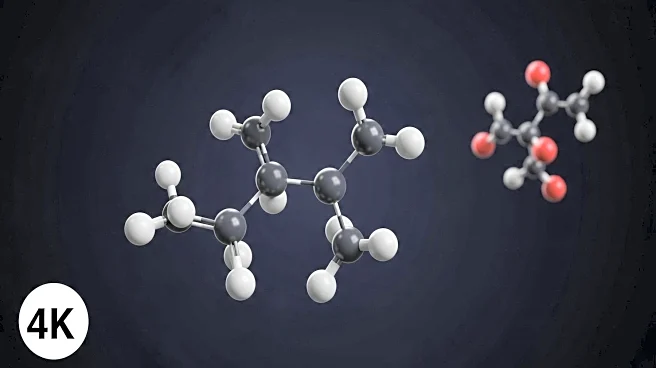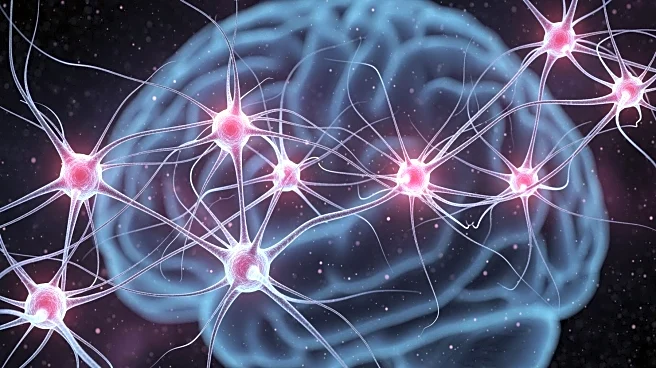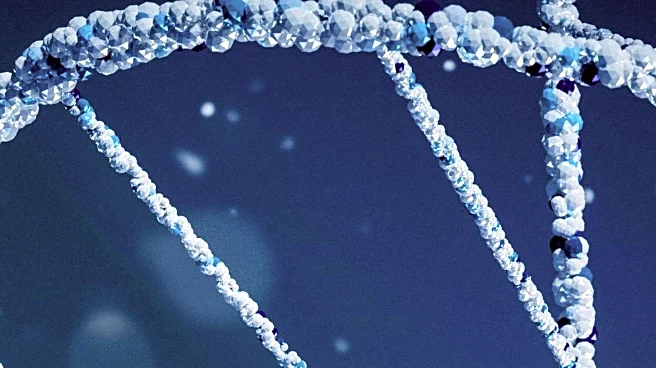What is the story about?
What's Happening?
A recent study published in Nature examines the electronic and magnetic properties of two-dimensional rare-earth dichalcogenides, focusing on orbital torques and orbital pumping. The research highlights the optimized structure lattice parameters, magnetic moments, and band gaps for systems with magnetization along the z-axis. The study finds that Eu spin moments are close to 7 μB, reflecting a half-filled f-shell configuration, while X spin moments are opposite in sign. The research explores the effects of spin-orbit torque and exchange torque on magnetization, utilizing the spin continuity equation for time evolution of spin density.
Why It's Important?
Understanding the orbital torques and magnetic properties of rare-earth dichalcogenides is crucial for advancing spintronics and magnetic materials research. These findings could lead to the development of new materials with enhanced magnetic properties, potentially impacting industries such as electronics and data storage. The study provides insights into the behavior of spin-orbit torque in two-dimensional systems, which could pave the way for more efficient and compact spintronic devices. The research also contributes to the broader understanding of quantum materials and their applications in technology.
Beyond the Headlines
The study's exploration of orbital torques in rare-earth dichalcogenides highlights the complex interplay between electronic structure and magnetic properties. The findings could have implications for the design of materials with tailored magnetic characteristics, offering potential benefits for various technological applications. Additionally, the research underscores the importance of understanding spin-orbit interactions in two-dimensional systems, which could lead to breakthroughs in quantum computing and other advanced technologies.
AI Generated Content
Do you find this article useful?














